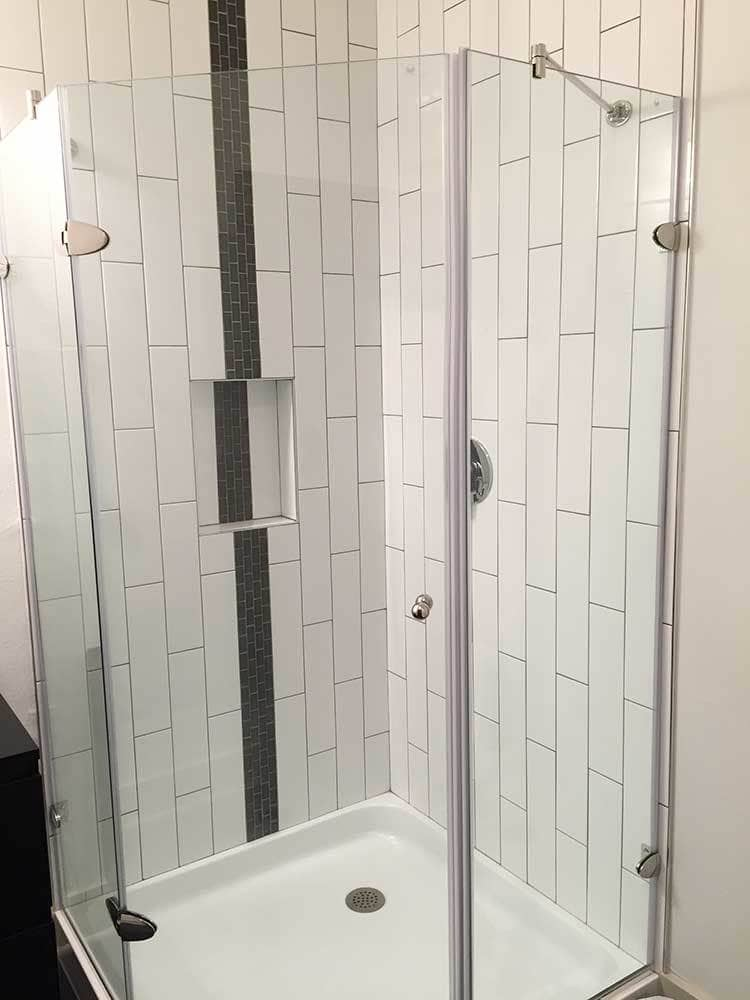

Example 3: Text Rotation to Subdivide Cell This is achieved by merging cells, rotating text upwards inside the merged cell, adding a background color to column C, and then making B, C, and D narrow. The most straightforward use case is to rotate headers upwards to save space and avoid wide columns:Īdd flourishes to your dashboards in Google Sheets by using text rotation to create branded sidebars:

The photos in a stack must all be from the same folder or the same collection you cannot create stacks while in a smart collection or a published collection. Stacks are specific to the folder or collection in which they were created. A stack is expanded when all photos in a stack are visible in the Grid view or the Filmstrip. When grouping photos in a stack, the photos are stacked according to their sort order in the Grid view, with the active photo at the top of the stack.Ī stack is collapsed when stacked photos are grouped under the thumbnail of the top photo in the Grid view or the Filmstrip. Stacking the photos lets you easily access them all in one place instead of having them scattered across rows of thumbnails. When you take photos this way, you end up with many similar variations of the same photo, but you usually want only the best one to appear in the Grid view or the Filmstrip. Stacks are useful for keeping multiple photos of the same subject or a photo and its virtual copies in one place, and they reduce clutter in the Grid view and the Filmstrip.įor example, you may want to create a stack to group multiple photos of a portrait session taken with the same pose, or for photos taken at an event using your camera's burst mode or auto-bracket feature. You can create stacks to group a set of visually similar photos together, making them easy to manage. Preview, export, and upload web photo galleries.Work with web gallery templates and settings.Work with print job options and settings.Open and edit Lightroom Classic photos in Photoshop or Photoshop Elements.Export to hard drive using publish services.Correct distorted perspective in photos using Upright.Watermark your photos in Lightroom Classic.Personalize identity plates and module buttons.Display the Library on a second monitor.Set preferences for working in Lightroom Classic.Enhance your workflow with Lightroom Classic.The Filename Template Editor and Text Template Editor.Import photos from a folder on a hard drive.Import photos from a camera or card reader.

Sync Lightroom Classic with Lightroom ecosystem.
Vartically stack menu tv#
Adobe Photoshop Lightroom for mobile and Apple TV | FAQ.Using Adobe Stock in Creative Cloud apps.Feature summary | Lightroom CC 2015.x/Lightroom 6.x releases.


 0 kommentar(er)
0 kommentar(er)
